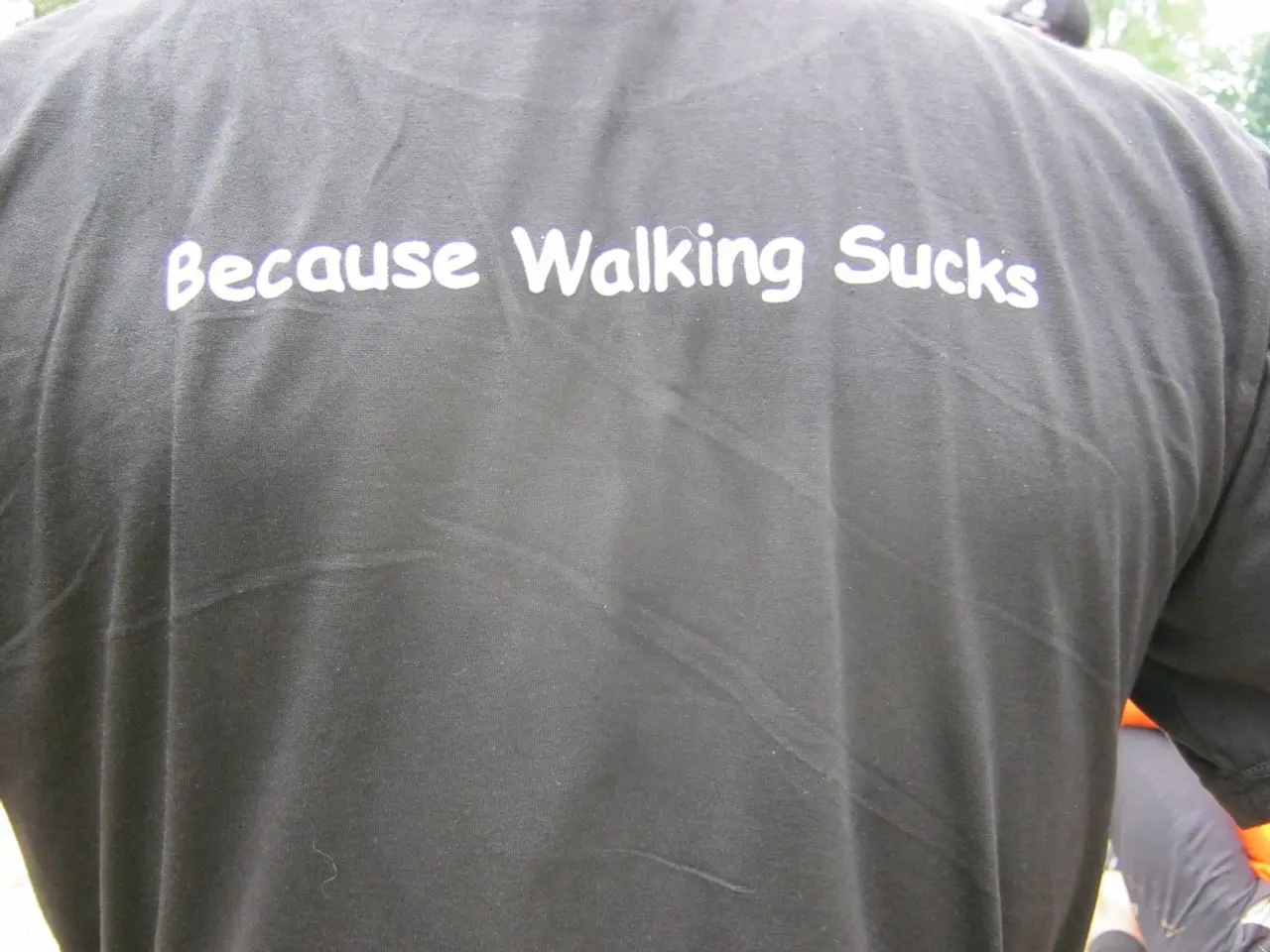Navigational and Mobility Instruction: Aim, Skills, and Key Elements
Orientation and Mobility (O&M) training is a crucial resource for individuals with visual impairments, offering practical skills to navigate safely and independently in various environments.
At the heart of O&M training are two key concepts: orientation and mobility. Orientation refers to an individual's sense of place within their environment, while mobility is the plan to move safely from one place to another. This training encompasses skills that enable people with visual impairment to orient themselves in their surroundings and travel safely, using tools, mental strategies, and environmental cues.
Safe travel techniques form a significant part of O&M training. Using mobility tools such as canes to detect obstacles and navigate safely is a fundamental skill taught. The types of canes used include symbol canes, guide canes, long canes, support canes, and even guide dogs.
Orientation skills are equally important. These skills help individuals understand spatial concepts, mentally map environments, and use auditory and tactile cues to know where they are and plan routes. Environmental awareness is another vital aspect, with individuals learning to identify landmarks, understand street crossings, traffic patterns, and public transportation use.
Problem-solving during travel is another skill taught, equipping individuals to handle unexpected situations or obstacles while moving. Movement and body awareness, starting from infancy, is also a focus, with the aim of enhancing spatial orientation.
O&M specialists provide direct instruction tailored to individual needs in school, community, and real-life settings. The training is often coordinated with other support staff, such as Teachers of the Visually Impaired and Assistive Technology Specialists, and families to ensure a comprehensive and supportive approach.
Some training organisations also work with caregivers to provide guidance and support. Many people with impaired vision also rely on assistance from others. Search functions on websites like the Academy for Certification of Vision Rehabilitation & Education Professionals and the American Printing House for the Blind can help find an O&M specialist.
Sessions can occur both in the individual's home and community, as well as at a training organization's center. Learning to use a white cane correctly, including finding the correct type and learning how to hold and feel with it, is an essential part of O&M training.
Smartphone apps can also provide auditory guidance on the best route to follow, while guide dogs may also be part of the training process. O&M training is both physical and mental, requiring the use of remaining senses to navigate from place to place.
In summary, O&M training aims to provide individuals with visual impairment the confidence and skills to move safely through their environment. This includes learning techniques for safely crossing intersections and streets, using their senses, environmental cues, and mobility aids. With the right training and support, people with visual impairments can navigate their world with independence and confidence.
- In addition to physical mobility skills, O&M training focuses on mental health, teaching individuals problem-solving strategies during travel and enhancing spatial orientation from infancy.
- O&M specialists often collaborate with other professionals, such as Teachers of the Visually Impaired and Assistive Technology Specialists, to provide a comprehensive and supportive approach for individuals with visual impairments.
- Beyond canes and guide dogs, technology-based solutions like smartphone apps can offer auditory guidance for safe navigation, integrating science and health-and-wellness technologies into the training process.
- Therapies and treatments beyond O&M training are crucial, ensuring individuals maintain overall personal health and fitness, as well as mental well-being, to navigate their environment effectively.




